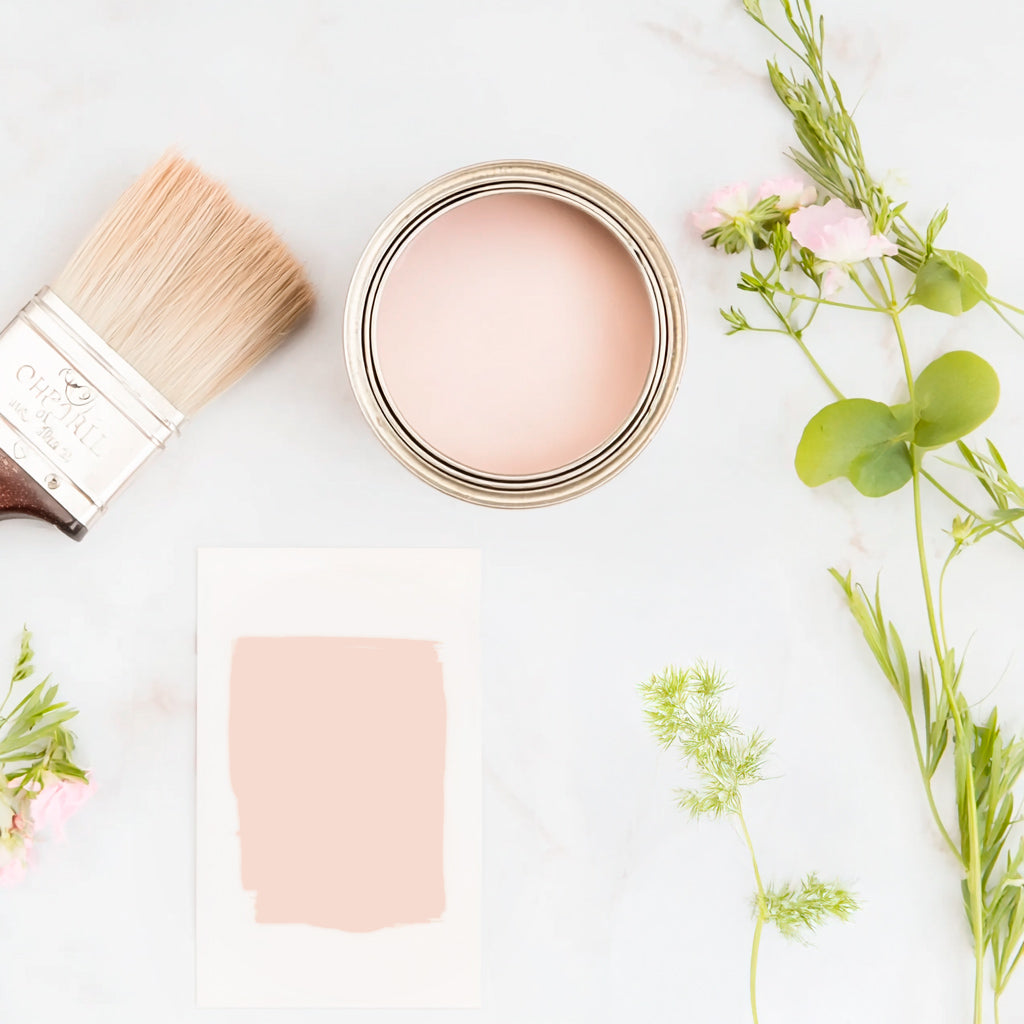The rising problem of both outdoor and indoor pollution is causing serious health problems. With the debate over the publication of the Government’s air pollution strategy in the news recently there has been a focus on the problem of pollution outdoors.
However, a much smaller amount has been written about the health issues connected to pollution caused by sources typically found indoors.
The extent of the problem
However, in 2016 a report published by the Royal College of Physicians and the Royal College of Paediatrics and Child Health highlighted the less understood impact of indoor pollution, as well as the growing evidence of harm to children’s health and intelligence.
The report found that air pollution both inside and outside the home causes at least 40,000 deaths a year in the UK. It also said that indoor air pollution is estimated to have caused or contributed to 99,000 deaths across Europe in 2012.
While much of the pollution found outdoors is related to nitrogen oxides and particulates emitted by vehicles, indoor sources of air pollution are much more diverse and can come from substances found in gas cookers, cleaning products, paints, mould and cigarette smoke.
Health problems associated with indoor pollution
Considering that in the UK we spend up to 90% of our time indoors, the problem is a serious one. The report found evidence that exposure to pollutants throughout life, from pregnancy to older age, can have lasting influences.
Evidence also suggests that long-term exposure to air pollution is linked to a decline in lung function in adults, asthma, type 2 diabetes, problems with brain development and cognition (thinking ability), cardiovascular diseases and even cancer.
There are a number of reasons why the problem of indoor pollution is getting worse. One factor is that the increase in airtight, energy-efficient homes has led to less airflow and poorer air quality inside many properties. One report recently suggested the number of Britons with asthma could almost double by 2050 because of the problem.
In addition, the continued inclusion of volatile organic compounds (VOCs) in household products such as paints and cleaning products is believed to exacerbate asthma and allergies while the widespread use of formaldehyde in flooring and furnishings is another source of health problems.
Tips to improve indoor air quality
The good news is there are numerous things you can do to improve air quality indoors from opening windows and doors more often to circulate the air to dusting regularly and keeping pets clean.
If you are renovating your home avoid toxins by using formaldehyde-free cabinetry and 100% VOC-free paint. Add more houseplants to help fight air pollution.
Other tips include ventilating areas that might get damp to prevent mould build-up and not using synthetic air fresheners. Make sure smokers stand outside and only use the wood burner when absolutely necessary.













